Running tech: What do you really need?
There are some great modern-day extras to help your running. We look at the main ones available

There are gadgets for everything these days and running is no exception. There are gadgets to help you pace your runs, gizmos to let you listen to music on the go, and apps to track your progress to tell you how many calories you burnt and how far you pushed your body.
Here we round up the main types of gadgets that you may come across in the sports arena, so you know which ones are worth it for you, and which you really don’t need to splash your cash on. You certainly don’t need gadgets to help your running, but sometimes they can make the experience that little more enjoyable, and motivate you on those colder rainy days.
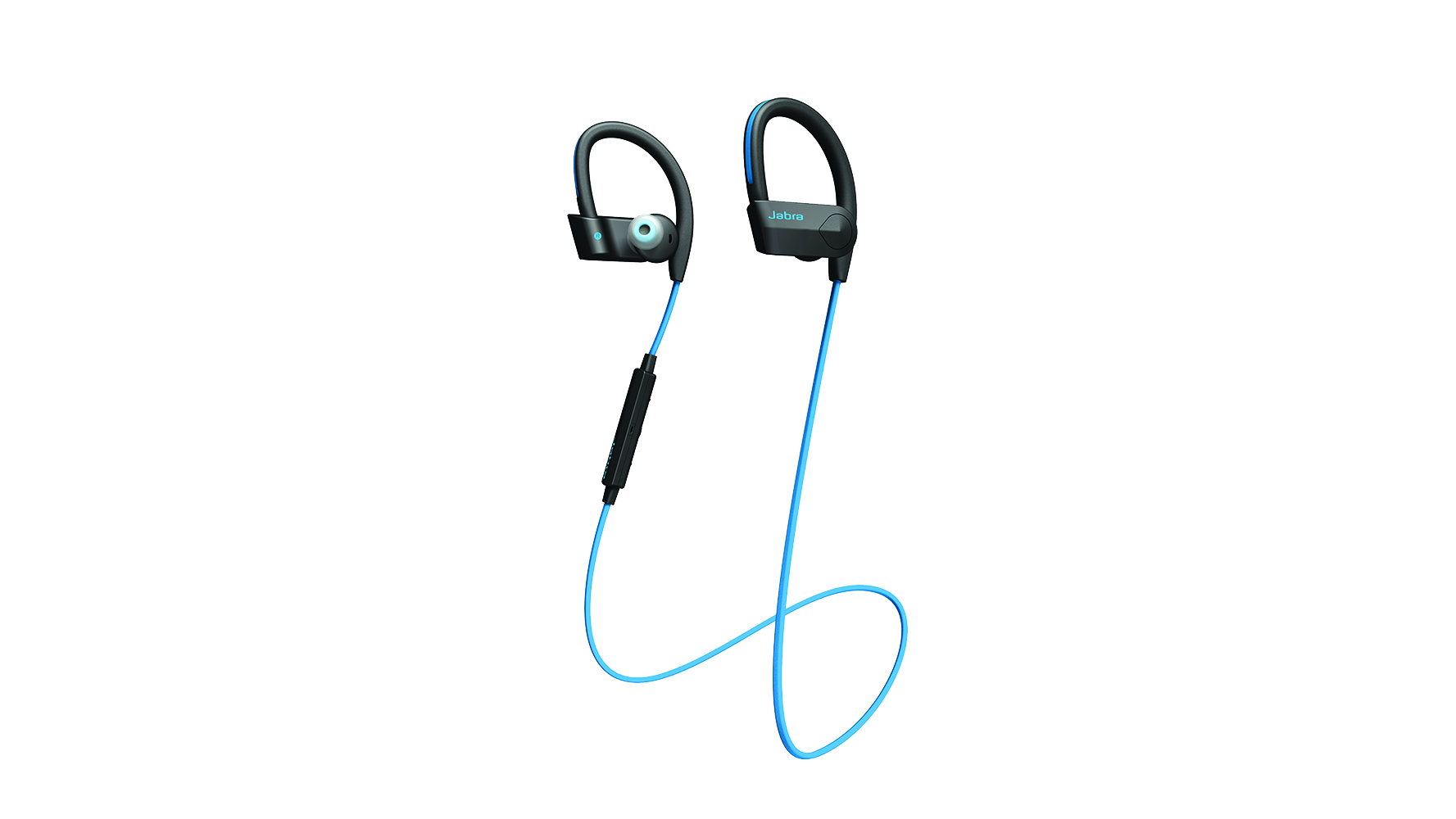
Music players and accessories
The most popular of all sports accessories is the portable MP3 player. You can’t go anywhere without seeing someone with headphones on, and running is a sport that music complements perfectly. If you are running alone, then listening to music can help you with your motivation, as well as keeping you company. There are plenty of digital music players out there, but when you are looking for one for sports, there are a few things to bear in mind.
First, you want to keep the weight and size down as much as possible. Look for small ones with no moving parts, so that your sound quality won’t be affected by the constant up and down motions of running.

Think about how you are going to carry them too. Many sports models will have clips so that they can be easily attached to your clothing anywhere that’s comfortable, which is perfect. However, you can fit the smallest varieties into belts, armbands and pockets, so make sure that the wires on the headphones it comes with are long enough.
You should try to get a water-resistant model too, as you want it to keep going if you get caught in a sudden rainstorm, or it may get a little sweaty. Check out the working temperatures as well. Some models will freeze up in cold conditions, so you may need to store these inside your clothing, or in a more protective glove close to your body to keep them warm, which isn’t always practical.
Most importantly, price is a big factor. Music devices have come down in price over the past few years, so search online for the best bargain before buying the first one you find. When you have found the perfect player, you need headphones. If you have got a proper sports music player, then the headphones that come with it will probably be perfect.
Get the Fit&Well Newsletter
Start your week with achievable workout ideas, health tips and wellbeing advice in your inbox.
However, if you are using an everyday player, you may want to purchase separate headphones specifically designed for sports use, which are the most comfortable and will stay in place. You can get options that wrap around your head, which can be more comfortable for running, or you can get in-ear models with a specially designed earbud to stay in place. Ideally, you want ones that let you still hear the sounds around you, like traffic, or other pedestrians. This is important for staying safe and being aware of your surroundings. Bone conduction headphones can help here, as they sit outside the ear, leaving you free to hear other sounds.
Smartphones
If you have a smartphone, then you already have the tools that you need to get started with running. There are so many apps available now that give you the ability to track and monitor your runs without any other gadgets needed. These apps will usually monitor your pace, speed, distance, calories burned and elevation, which is everything you need to know and more.
It is worth mentioning that the GPS on phones isn’t as accurate as using a dedicated watch. This is because many phones use Assisted GPS, so if you lose sight of a GPS satellite, the phone will use wi-fi networks or phone signal to approximate your location, which can lead to discrepancies. This is usually the main reason that runners choose to upgrade to a GPS watch.
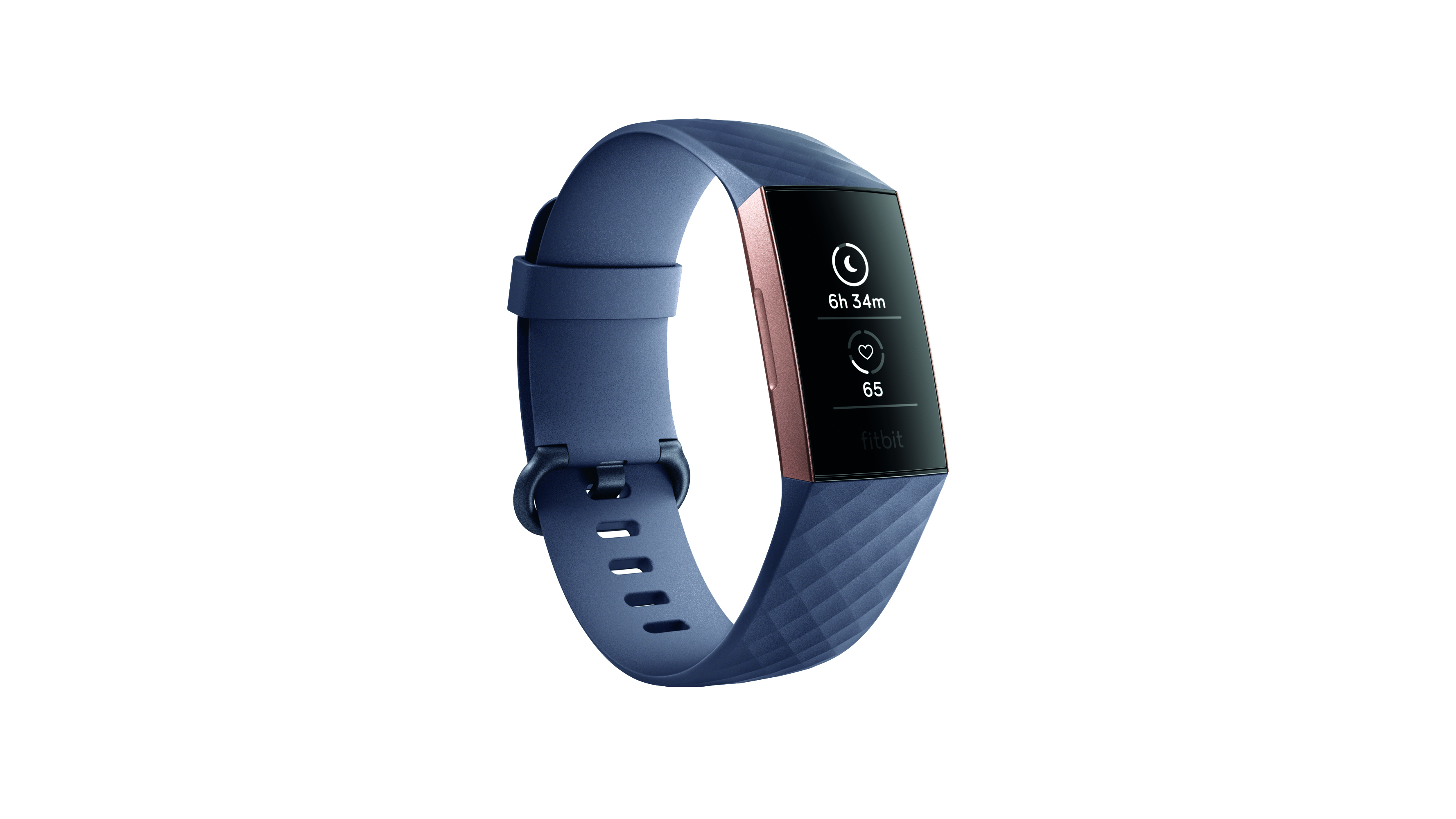
Activity bands and smartwatches
This is another alternative to using a dedicated sports watch. An activity band can be cheap and gives you some basic information about your health. These are essentially pedometers, but they are better looking and easy to snap on your wrist and forget about.
Activity bands will track your daily steps, how many active minutes you undertake a day, calories burned, flights of stairs climbed and even your sleep (all depending on the model). They are not designed specifically for running, but if you are trying to get more healthy in general, they can be a very good tool.
Some brands will have a heart-rate monitor built-in, which means that you can accurately see how active you are when running and how may calories you burn, which is useful information. You might find that you can even track your runs using a synced app on your smartphone, which plots your route, distance and pace.
These lead on to smartwatches, which combine the features of many gadgets featured on these pages. These watches are a jack-of-all-trades, but that doesn’t necessarily mean that they are master of none.

Running watches
Another essential extra is a sports watch. You don’t even need to spend a lot on a decent watch to get the benefits as a beginner. All you need, at a very basic level, is a digital watch that you can see clearly when you are running, so that you can keep an eye on time. The watch itself needs to be made of durable rubber, so that it is unaffected by sweat and won’t rub your skin. Look for one that is shock resistant too, so it will be happy when you’re pounding the pavement. Water resistance and a screen light are good extra features. If you want to go one step further, then you are entering the territory of the GPS watch.
These don’t come cheap, with basic models starting from around £60. As well as performing the same tasks as a regular sports watch, these devices have a GPS functionality built-in, meaning that they communicate with satellites around the Earth to locate your exact position, if you’re in a fairly open environment. They can then monitor you as you run to give you a precise distance for how far you’ve gone. Well, precise enough anyway, as GPS devices are not completely accurate. If you lose signal, for example when you run underneath trees, then the connection is broken momentarily and there could be a delay getting the GPS data back up to date. Still, they are simple and the basic watches are just a case of hitting the start button and beginning your run, then viewing the end results on screen at the end.
Basic GPS watches will record your distance and time, plus pace and calories burnt over the course of the session. Data from GPS watches can then be downloaded to your computer afterwards so that you can build up a log of your progress. These are usually compiled by the watch manufacturer’s own software package. Most are hosted online, so that you can log on from anywhere to see what your last run was and how you did. You can also set goals, like running a certain amount of times in a week, or completing so many runs at under a set pace. It’s a great way to motivate yourself to keep pushing to new goals.
GPS watches don’t stop there though, as you can get models that cost up to several hundred pounds. These add in a bunch of handy features. For example, some will enable you to download full training plans into the watch to meet a distance target and the watch will ensure that you meet each day’s requirements. As the watch can monitor pace, it can also help you to do interval training by telling you what pace to run at and for how long.
You can usually set ‘pacing bands’ on these watches too. If you are aiming for a particular pace, say 9 min/mile, then you can set up a band of 8:45 min/mile to 9:15 min/mile. The watch will then beep if you go outside of this band in either direction, letting you know if you need to speed up or slow down to keep to your target pace.
More modern watches have started to add in extra features that mean you will want to wear your running watch all the time. Many will track your steps 24/7 and keep an eye on your activity levels, to give you an overall view of your health.
You may also find that they can track more than just running, commonly swimming and biking as well. If your watch has a built-in accelerometer, then it will be able to track your runs indoors on a treadmill, without having to use a separate foot pod, which is the solution for those watches that don’t offer it. You may even find that some watches start to step into smartwatch territory.
One of the biggest additions to sports watches is in heart-rate monitoring. Traditionally you would have to use a chest strap linked to your phone, but more and more smartwatches and fitness trackers are now offering wrist-based heart rate built in.
Heart rate monitors
Many GPS watches will include the option to add on a heart rate monitor, on purchase, or alternatively you can buy a separate heart rate monitor system. As mentioned previously, some watches are now able to monitor your heart rate via your wrist, saving you buying any separate equipment.
All these options are designed to monitor your heart rate during exercise. A traditional heart rate monitor (HRM) usually comes in two parts. The first is a strap that goes around your chest and monitors your heart rate. This transmits the data to a receiver, which is in the form of a watch. The watch translates the data and presents you with your current beats-per-minute (BPM), updated in real-time.
It takes a little bit of maths before you start to use a HRM to figure out what sort of numbers you want to be seeing (check out the section below). But when you know what your target heart rate is, you’ll know exactly when you are working in your optimum fitness zone. You can then figure out what your BPM should be if you are running at a steady pace, or pushing your fitness in a sprint session. You can also see how quickly you recover from exertion, which is good information to know for interval sessions as you can ensure that your heart rate has come right back down before you start sprinting again.
Basic models are usually cheap and record only the essential information. This includes being able to set your own heart rate limits, or zones, that you want to work within, and it will record time and calories too. As you spend more money, you get more features. For example, as with normal sports watches, you can start to add lap or split times, so you can see an average BPM for each individual section of your run.
You may also get a timer function for interval work, which tells you how long you need to work for at a higher heart rate before you can rest. Not all models will enable you to connect to a computer, but those that do will let you analyse your heart rate readings in much more fine detail.
You may need to try a few HRMs before you find the right one for you. In particular, the strap part needs to fit you well and be comfortable. If the monitor moves around too much when you are running, then this will affect the accuracy of the readings being transmitted to your watch, and worse, could also lead to painful chafing.
Using your heart rate monitor
It’s no good having a heart rate monitor (HRM) if you don’t know how to use it! At a basic level, the HRM can be used to keep an eye on your BPM over the course of a training session. Though you can expect it to rise over the course of the session, you can ensure that it doesn’t jump rapidly upwards or downwards. To get the most from it, however, you need to know your target heart rate.
This is usually calculated as a percentage of your maximum heart rate, so that’s the first thing that you need to work out. The general formula for this is 220 minus your age – this is the maths used when you see heart rate tables on machines in the gym, for example. These charts will show your maximum heart rate for your age and the zones for weight loss and cardiovascular fitness, worked out as a percentage of your maximum heart rate. You can then make sure that you stay within the right band for your goals.
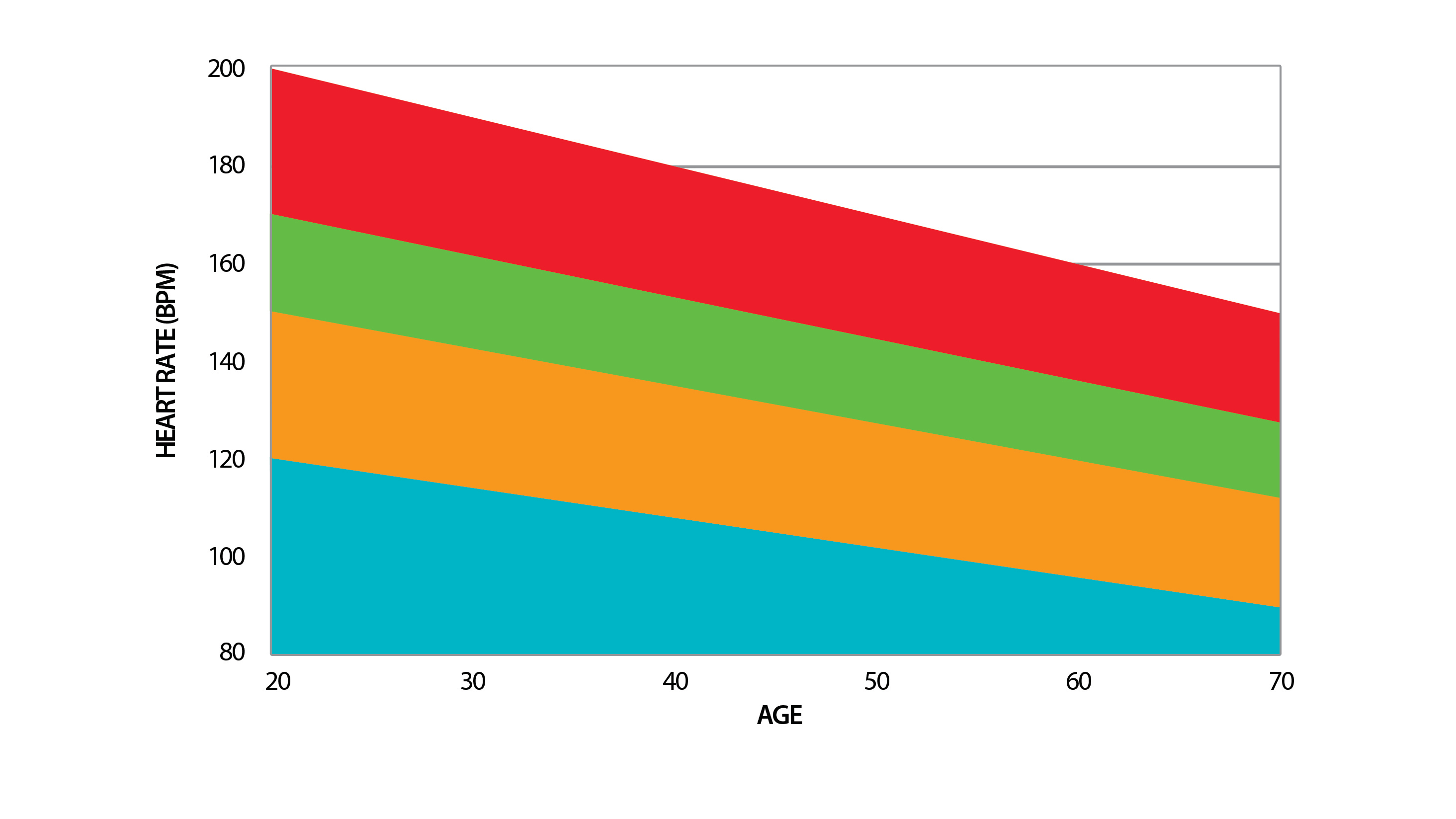
This general formula is in dispute and there are others out there, but it is a good starting point. The more accurate way, however, is to wear your HRM and hit the treadmill. Make sure that you are completely warmed up and then run as fast as you can for three minutes (you need to be able to keep this up for the whole time, so go as fast as you can manage to complete the time).
Rest for a couple of minutes by bringing your speed down to a slow jog, and then repeat the run. The figure that you are looking for is the highest rate that your HRM records during the second run. Now that you have a maximum heart rate, you can set up training ‘zones’ to work within.
Fat burning – 50-60% of max
This is what you want to aim for on your long, steady runs to ensure you are working on weight loss goals.
Aerobic – 60-70% of max
This is perfect for your faster runs, but it is a speed at which you can keep going for the whole session. This will help to boost your cardiovascular system.
Steady state – 70-80% of max
This is perfect for running at threshold, so that you are ‘comfortably hard’. This is good for pacing runs too.
Anaerobic – 80-90% of max
This is for sprints in short intervals only. This is when your body gets used to working with a lack of oxygen and to handle lactic acid build-up.
Launched in 2020, Fit&Well.com is all about helping you meet your health and fitness goals in ways that are fun and achievable. With news and features on fitness, weight loss, running, nutrition, yoga, wellness and more, we're committed to helping you wherever you are on your fitness journey. We break down the best fitness tech, with reviews, buying guides and the latest deals on fitness and wellness kit, from dumbbells to diffusers.
We cater for all difficulty levels here. It doesn't matter if you're a beginner in the world of fitness or you're gearing up for your tenth marathon: we're all moving towards the same goal – creating a healthier, happier you. From guides on getting started doing walks around the block, to creating the perfect work-from-home space, to eating to fuel your first triathlon. It's all here.
-
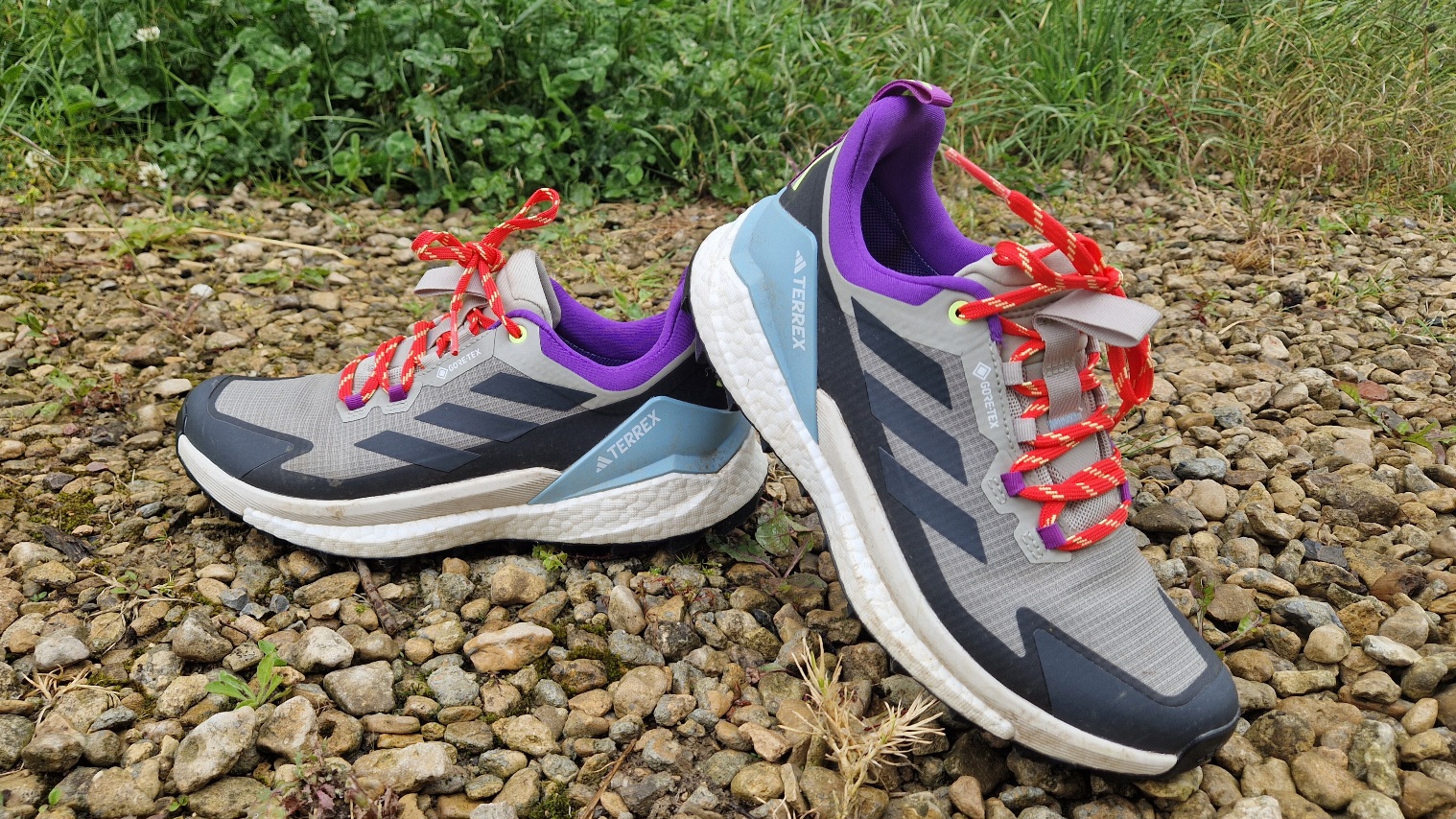 This might be your last chance to get my favourite waterproof walking shoe, and it's 25% off
This might be your last chance to get my favourite waterproof walking shoe, and it's 25% offDeal These Adidas Gore-Tex shoes are the most watertight I've tested
By Lou Mudge
-
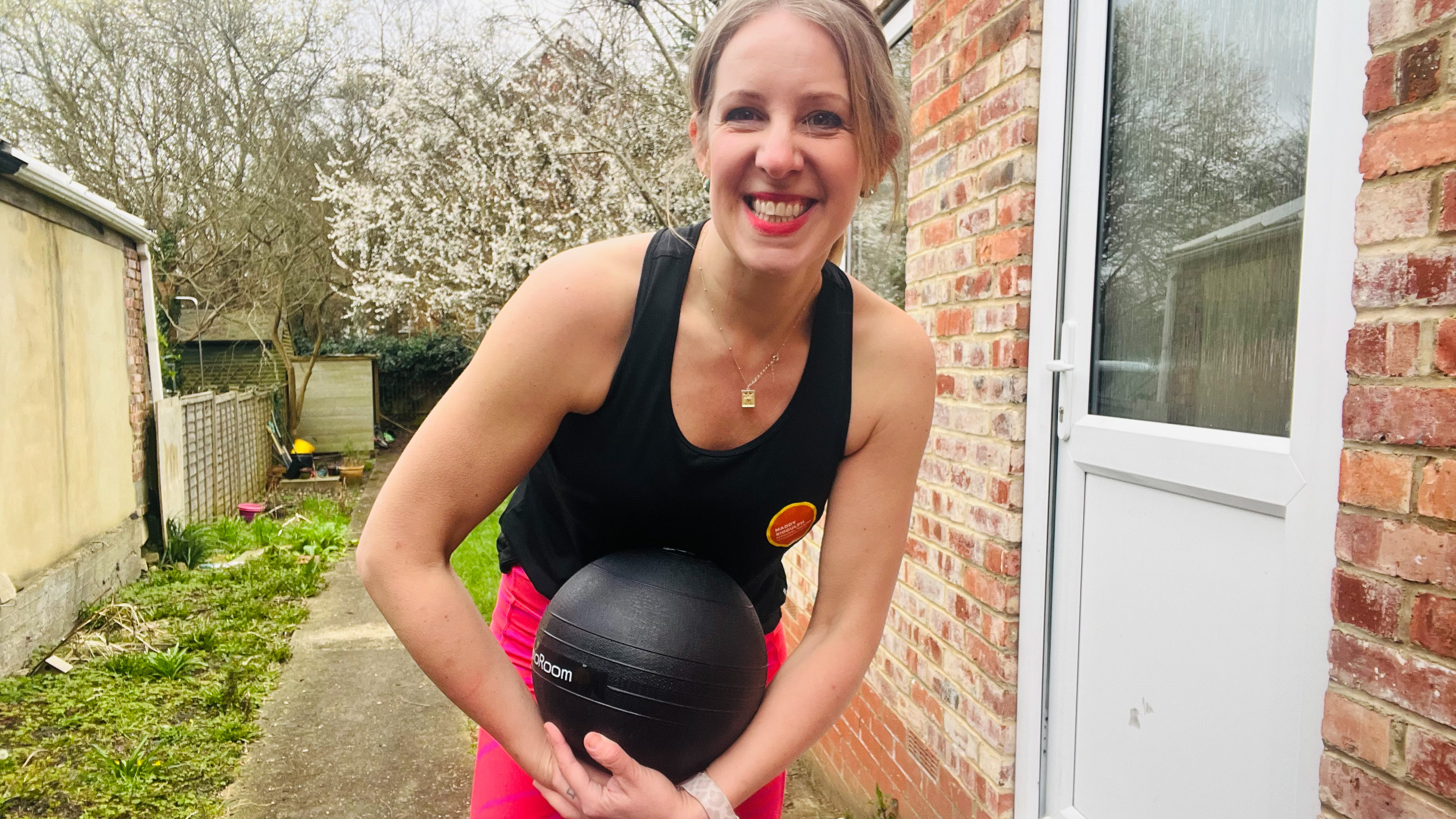 I tried wall balls for 30 days and the results surprised me
I tried wall balls for 30 days and the results surprised meTry this fitness challenge to boost total body strength
By Maddy Biddulph
